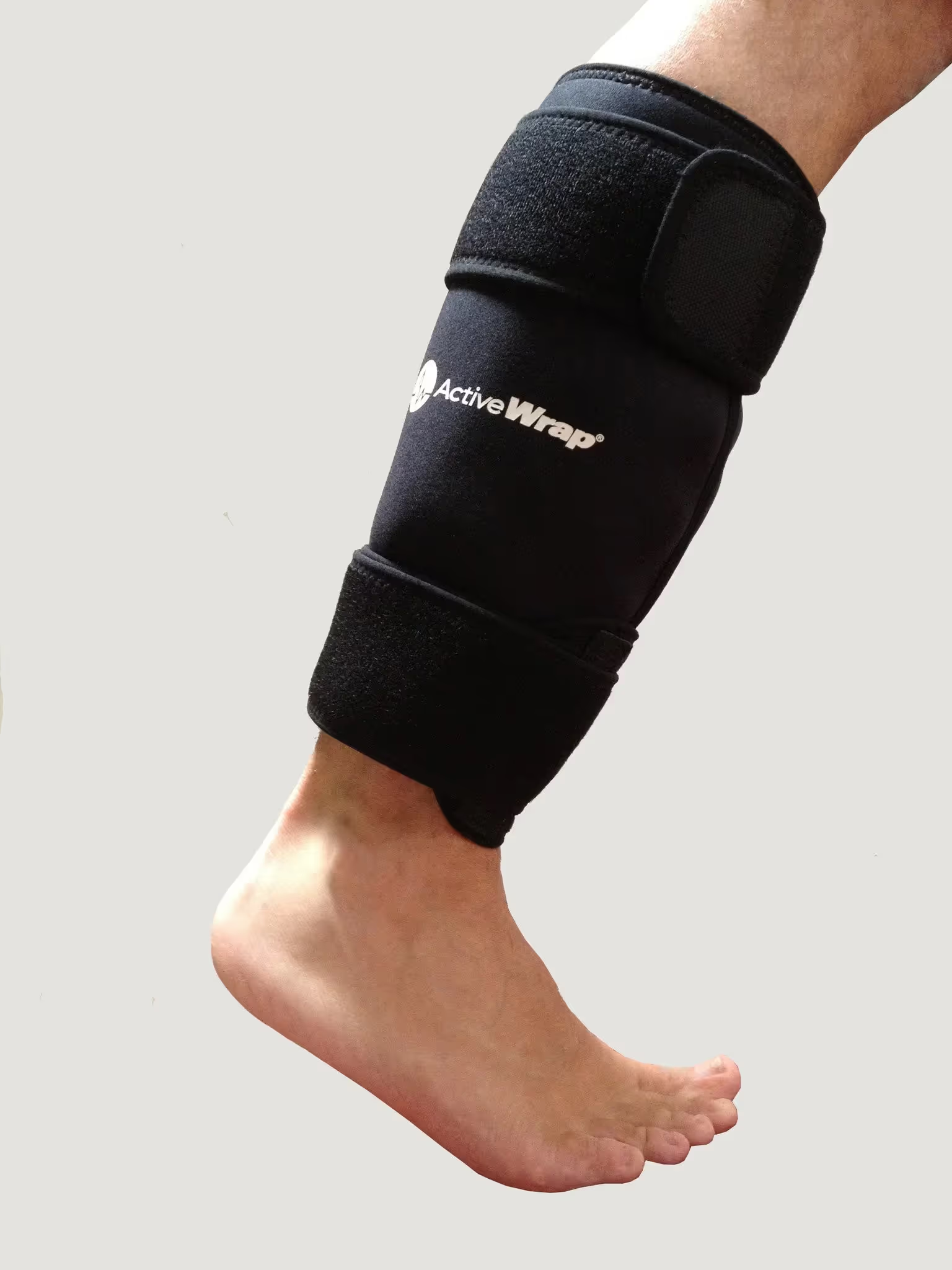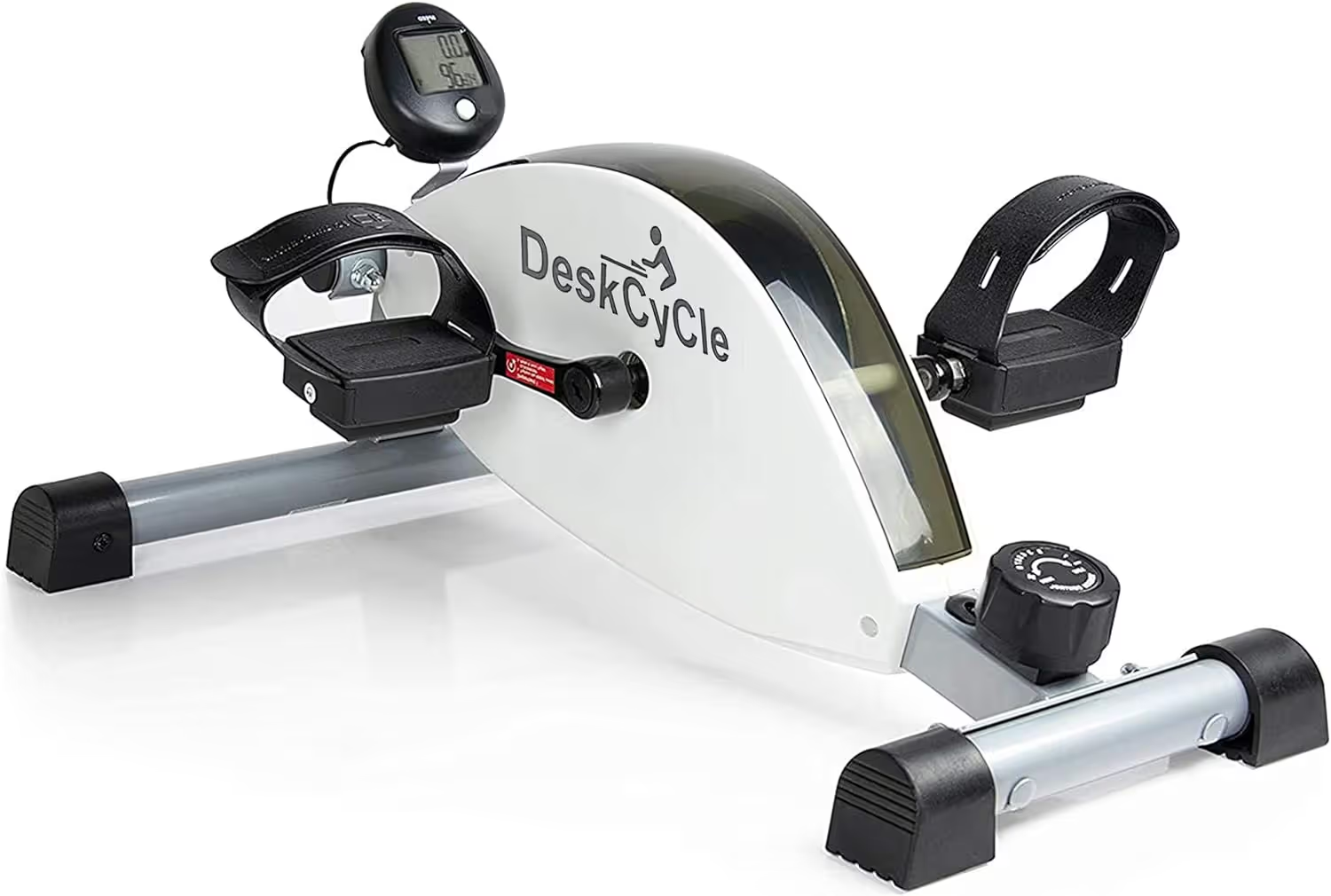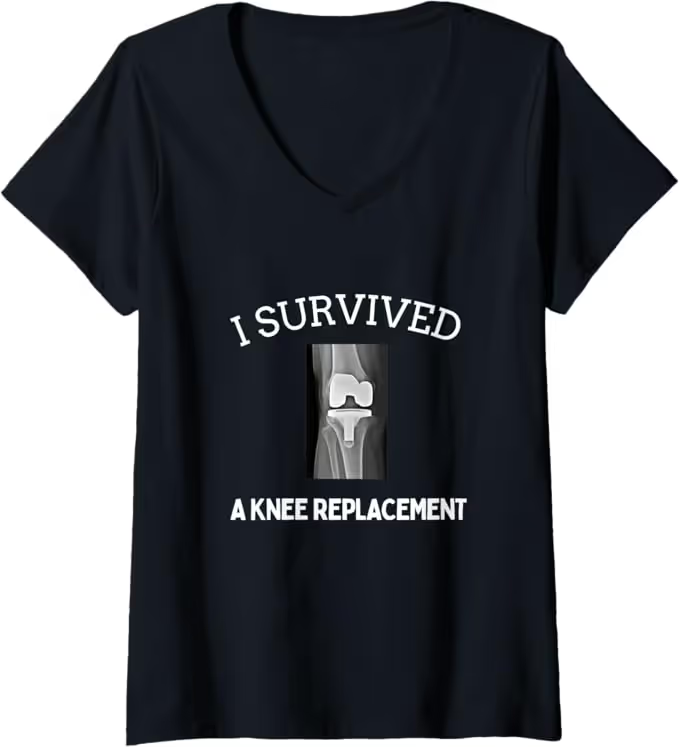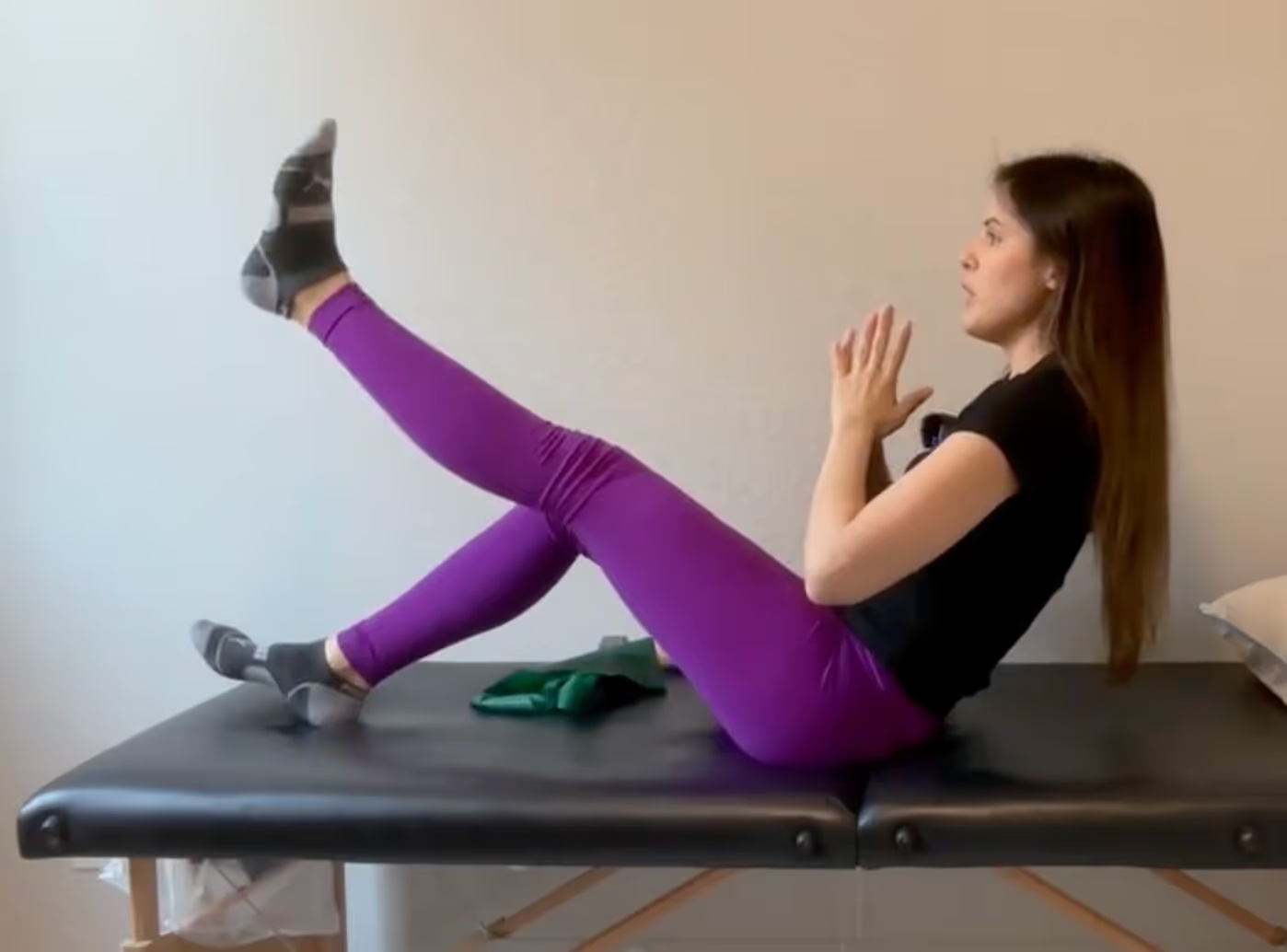A total knee replacement or total knee arthroplasty is a very successful procedure used to restore mobility, reduce knee pain and enhance the quality of life for individuals with severe knee arthritis, traumatic injuries, rheumatoid arthritis or other knee-related issues. The knee replacement surgery is one of the most effective ways in treating knee pain for patients with sever knee pain. However, some patients may experience knee pain after knee replacement surgery when attempting to bend their knee. This unexpected discomfort can raise concerns and prompt questions about the underlying reasons. In this article, we dive into some possible explanations for why your knee might hurt after a knee replacement when bending it.
What happens during surgery
First let's go over what happens during a total knee replacement surgery to learn more about your knee pain. During a knee replacement, the tibia (shin bone) and the femur (thigh bone) surfaces are cut, removed and replaced with metal. Unless you've had a partial knee replacement, then only one side of the tibia and femur will be removed and replaced. Along with the bone removed, the anterior cruciate ligament (ACL) and sometimes posterior cruciate ligament (PCL) is removed. During a knee replacement, the medial collateral ligament (MCL) and lateral collateral ligament (LCL) are kept in place. Luckily, there is no detachment or removal of muscles, which is a common misconception. But before the surgeon does this, they have to cut through all the soft tissues (skin, muscles, fascia, connective tissue) to get to the bone. There is a lot of “stuff” in the way!
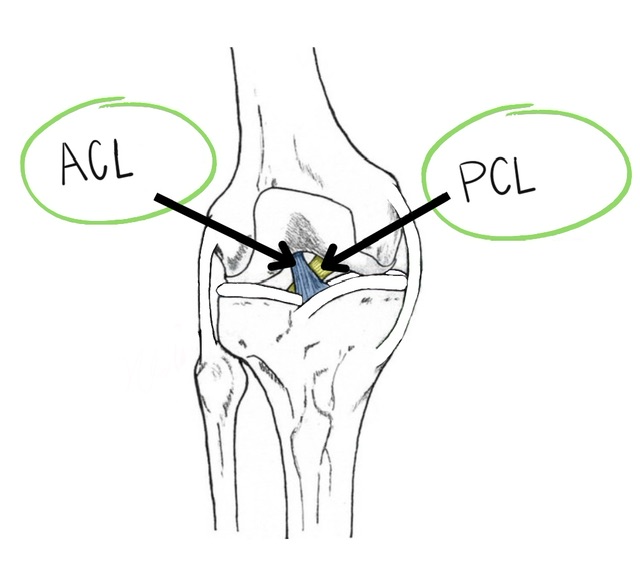
The first cut the surgeon completes is that long, vertical incision on your knee. Unless you've had a specialized procedure, 90% of knee replacement patients will have the standard vertical incision on the knee. This first incision is responsible for a lot of pain when bending the knee. Not only does it contribute to tightness in the knee when bending due to the skin pulling from the scarring, but it also causes knee pain from nerves that were cut.
Once the first incision is made, the surgeon makes another incision under the skin. It is called the medial parapatellar incision. The incision goes around the inside of the patellar tendon (around the knee cap) and up into the quad tendon. The knee retinaculum is also cut through, which contributes to post surgery tightness and knee pain when bending. These internal incisions are responsible for a lot of increased knee pain when bending. Cutting the patellar tendon is directly associated to knee pain when bending. The patellar tendon connects to the quad muscle, which is the muscle that is stretched during knee bending stretches. You might feel sharp pain right inside your knee cap when bending the knee due to this incision.

So as you can see the surgery itself contributes to pain when knee bending, but that’s not the only reason why your knee hurts when you bend it.
Inflammation
Inflammation in the knee after knee replacement surgery, also known as knee arthroplasty, is a common post-operative occurrence. This inflammation is a natural part of the body's healing process. Inflammation can cause a lot of knee pain when bending.
During surgery, the body releases cytokines, which are small proteins that play a crucial role in cell signaling. Some types of cytokines, particularly pro-inflammatory cytokines, are produced in larger quantities, leading to inflammation. Cytokines and other inflammatory cells causes a lot of the symptoms you exercise after surgery like burning, aching and overall pain. The surgical area experiences increased blood flow as a result of the body's efforts to repair tissue damage. This heightened blood flow can cause swelling and redness.
While essential for recovery, early rehabilitation exercises and physical therapy can initially aggravate the inflammation. This is because they involve controlled stress on the joint, which can trigger an inflammatory response. It is key to do gentle, progressive exercises throughout your rehabilitation process. Overdoing your exercises is the number one reason why you have knee pain when bending. If you are having difficulty with your physical therapy, please enroll in the Post Surgery Course by Dr. Samantha Smith PT. This course is designed to improve the knee mobility within weeks after surgery. Once full range of motion is achieve, more challenging strengthening exercises can be performed.
Swelling
It's important to note that swelling is a normal and expected part of the healing process. After a knee replacement, it is not uncommon to have swelling for 6-9 months. Swelling causes tightness and knee pain if not managed well. Depending on your age and medical history, you may experience swelling for longer than you'd like. As we age, our bodies struggle to reabsorb fluid back into our bodies.
Some medical diagnoses that can cause increased swelling:
- diabetes
- hypertension
- neuropathy
- Heart failure
- vascular deficiencies
If you have one of these diagnoses, do not panic! There are several ways to help your body remove that fluid from your knee and/or foot. Keep reading!
Controlling the swelling is key to improving your knee bending and the pain during knee bending. This is the best and most effective way to prevent knee pain when bending. There are several ways to control swelling. During the first 6 weeks of your recovery, focusing on ice with elevation is key.

Elevating correctly is also key. You must have your toes over your heart level to elevate correctly. The reason for this is we need gravity to help assist moving the fluid down and out of the leg.
Ice is another way to reduce swelling and inflammation to improve your knee bending. During the first 2 weeks, the general recommendation is to ice and elevate every 1-2 hours for 20-30 minutes. After 2 weeks, you can ice and elevate as needed.

↑ Best ice pack for knee replacement. This ice pack provides compression and support to the knee. It also stays coldest the longest compared to other ice packs on the market. Order on Active Wrap website and use code DRSAM10 for 10% off

↑ This is the best ice machine for knee replacements. It is easy to assemble and stays cold for hours. Order from Polar Products website and use code DRSAM10 for 10% off and free shipping (cheaper than Amazon!).
While you are icing and elevating, you can also perform ankle pumps. I know you know this one! Ankle pumps are very helpful in moving fluid out of the calf, foot and knee area by using the muscles to move the fluid. You can do ankle pumps 20 times every hour to assist with swelling control so you can reduce your knee bending pain.
Normal Post-Surgical Discomfort:
It's important to note that some level of discomfort is typical after any surgery, including knee replacement. The body undergoes a healing process, and the surrounding tissues are inflamed. This can result in sensations of pain and stiffness, especially during activities that require the knee joint to bend or flex. Often, this type of discomfort diminishes as the healing process progresses. Everyone's healing process is different, but typically, most people follow this healing timeline.
A typical timeline for healing is:
- 25% by 1-3 months: during this early stage, it is expected to have swelling, sharp knee pain, dull ache pain and discomfort. Sleeping will be challenging. You even might be experiencing hip or back pain due to limping or a sudden change in gait pattern. You will need help with chores and basic tasks around the house. If you are active during the day, increased knee pain, stiffness and soreness at the end of the day is very normal. Prescription pain medications are expected.
- 50% by 3-6 months: this is still considered early in the recovery, but you are half way healed. Symptoms should be improving with less soreness and knee pain throughout the day. However, a lot of patients still report their knee hurts during this phase. You should still expect stiffness and aching especially after a long day of activity. Taking over the counter medications is expected.
- 90% by 6-9 months: you should be seeing the light at the end of the tunnel now! Your new joint will less sore and stiff. You will be able to get through a long walk without feeling like you have a knee replacement, but if you do an activity out of the ordinary, like go on a vacation, a wedding or a unexpected hiking trip, you might have increased swelling or stiffness or knee pain.
- 100% by 12-16 months: Both knees should feel adapted to this new prosthesis. You should be able to all your daily activities and recreational activities without increased swelling or stiffness. However, you might have an occasional twinge if you do too much or with certain unexpected activities. Overall, you should be happy with your knee replacement surgery and be able to return to normal life!
Scar Tissue Formation:
Following knee replacement surgery, scar tissue can develop around the surgical site and within the joint itself. This scar tissue can sometimes restrict the natural movement of the knee joint, causing pain and discomfort, particularly when attempting to bend the knee. Physical therapy and exercises prescribed by healthcare professionals can help manage scar tissue and improve joint mobility. It is important to perform specific exercises in each phase of your recovery. Having a physical therapist guide you on this can improve your knee bending and help reduce pain.
The best way to ensure scar tissue does not form is with good physical therapy. If you are concerned with your recovery, please enroll in the Post Surgery Course to ensure you are on the right track with your recovery. All courses on succeedcourses.com have a 5 star review.
Muscle Weakness and Imbalance:
After knee replacement surgery, the muscles surrounding the knee joint may experience weakness due to disuse and the surgical trauma. Muscle imbalances can result in abnormal joint mechanics, leading to pain during movement. Strengthening exercises targeted at the muscles around the knee can play a crucial role in improving joint stability, reducing pain and in turn, treat knee pain.
Many people do not know what exercises they should be doing or even when to rest. Your physical therapist should be helping you with this. If you are not receiving proper attention, please look into the courses on www.Succeedcourses.com. If you are at least 3 months post surgery, you can enroll in the 4 Week Strength, Balance & Stretching Class to improve your pain and knee bending.
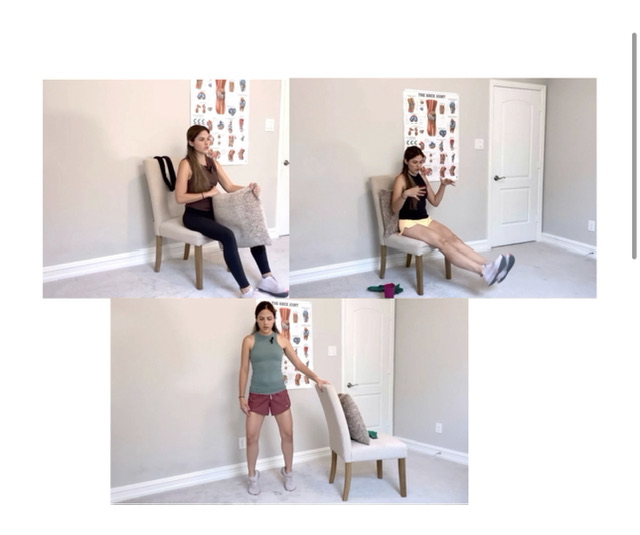
Overexertion or Incorrect Technique:
Again, improper education from day 1 will cause issues with knee bending. Focusing on ice with elevation is key during the first few weeks after surgery. After you have pain under control, then engaging in more strenuous strengthening exercises can be beneficial. Engaging in overly strenuous activities or using incorrect bending techniques during the early stages of recovery can exacerbate pain and discomfort, cause knee bursitis, iliotibial band syndrome (IT band syndrome), patellar tendonitis, and further knee injury. It's important to follow the guidance of healthcare professionals regarding the appropriate level of activity and bending range to prevent unnecessary strain on the healing joint.
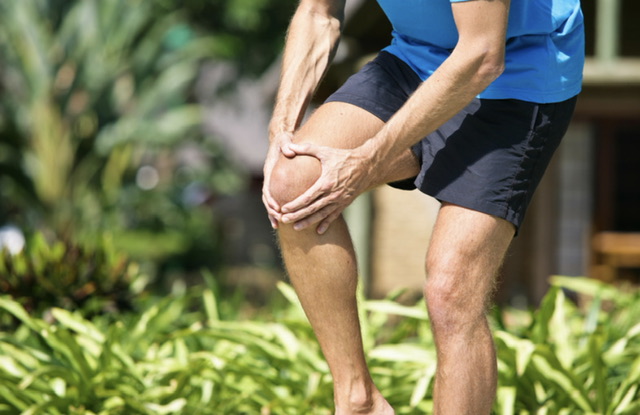
While knee pain after knee replacement when bending can be concerning, it's essential to remember that each patient's experience is unique. Many factors, including surgical technique, individual anatomy, and rehabilitation efforts, contribute to the recovery process. If you're experiencing persistent or severe pain, it's recommended to consult with your healthcare provider. Open communication with your medical team will help identify the specific cause of your discomfort and guide you toward appropriate interventions to ensure a successful recovery and improved joint function. It can be difficult to self-diagnose why your knee hurts, so it is recommended to visit an orthopedic physician who can determine the type of condition or knee injury responsible for your pain.
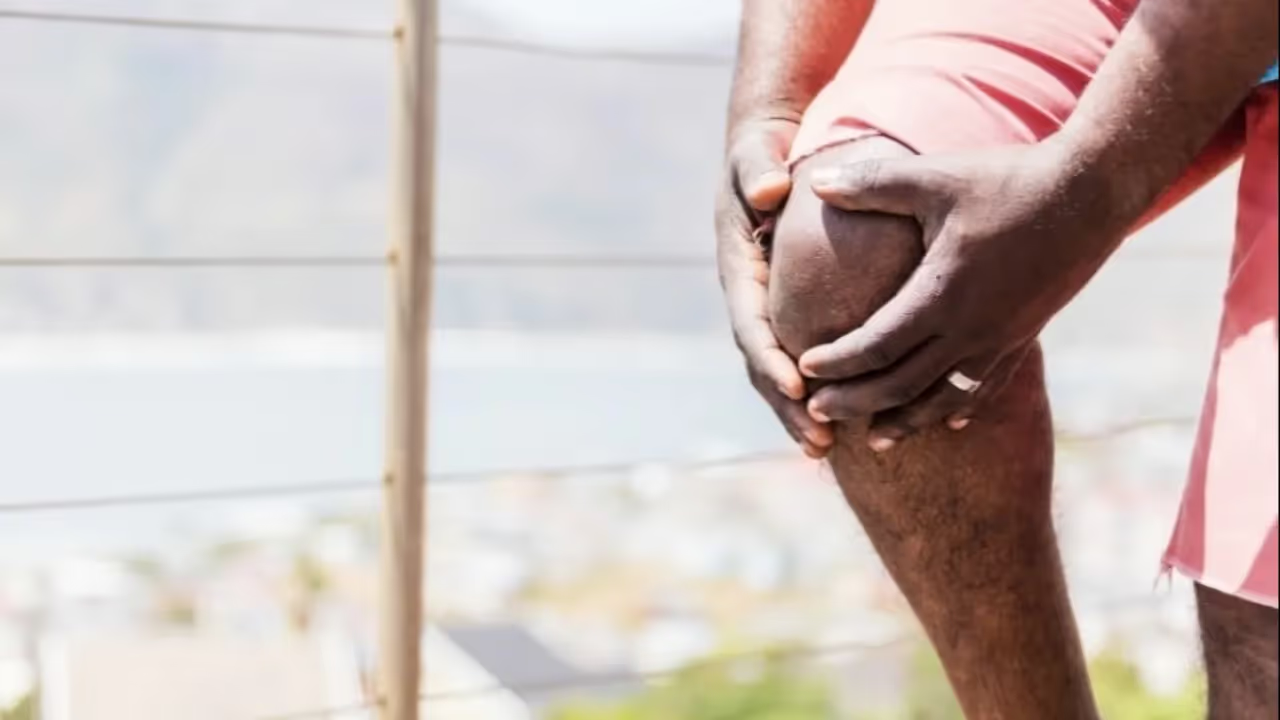
.avif)
